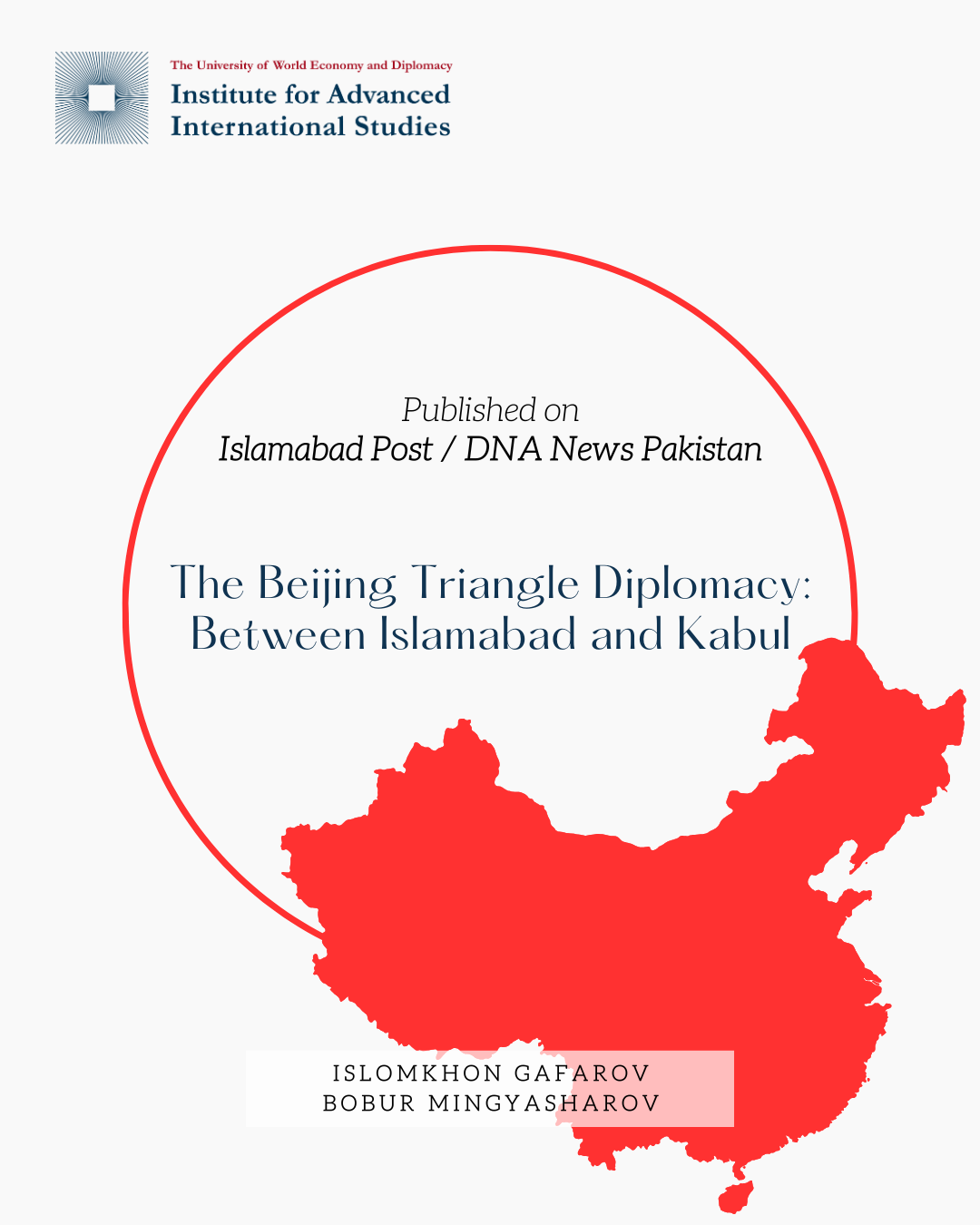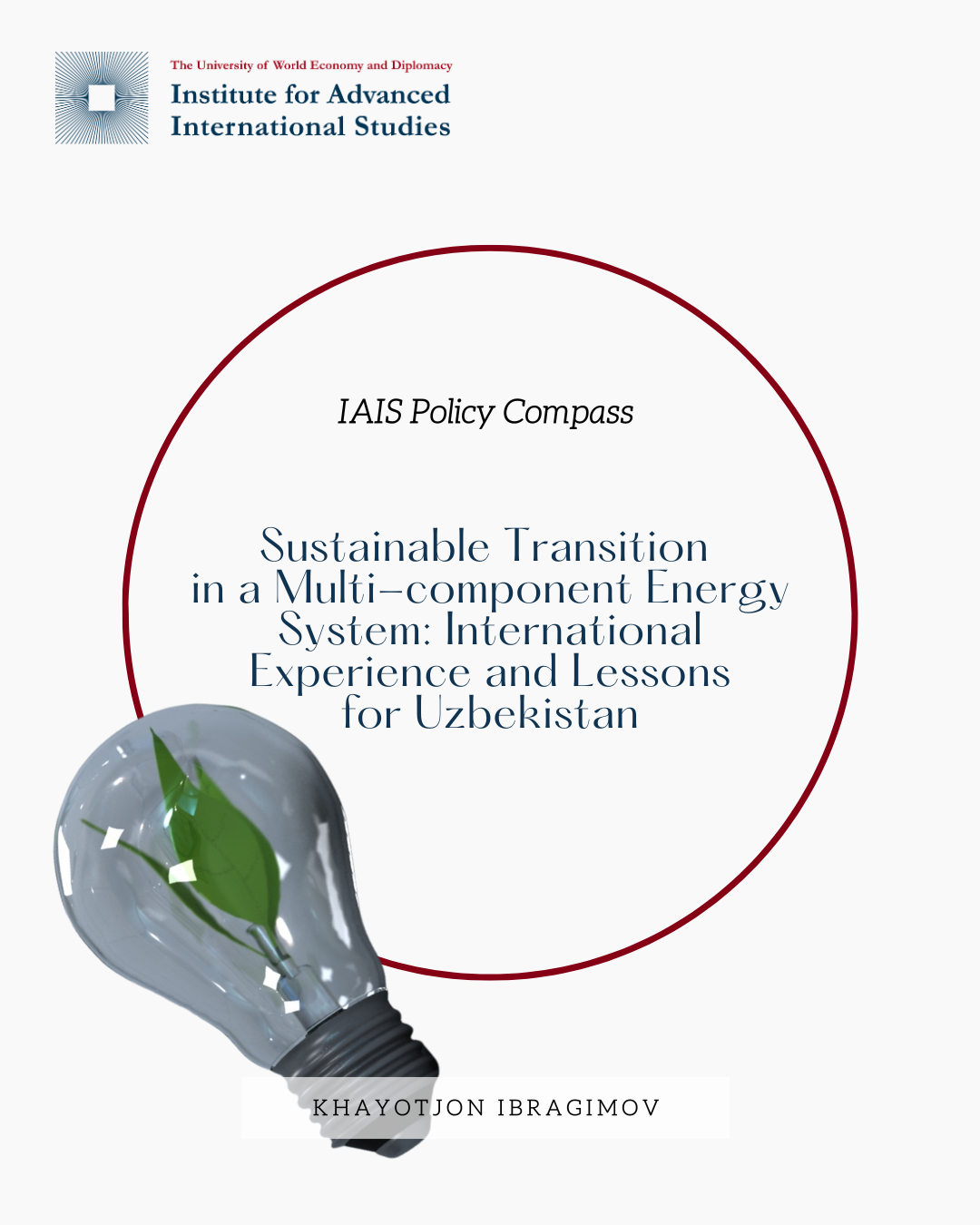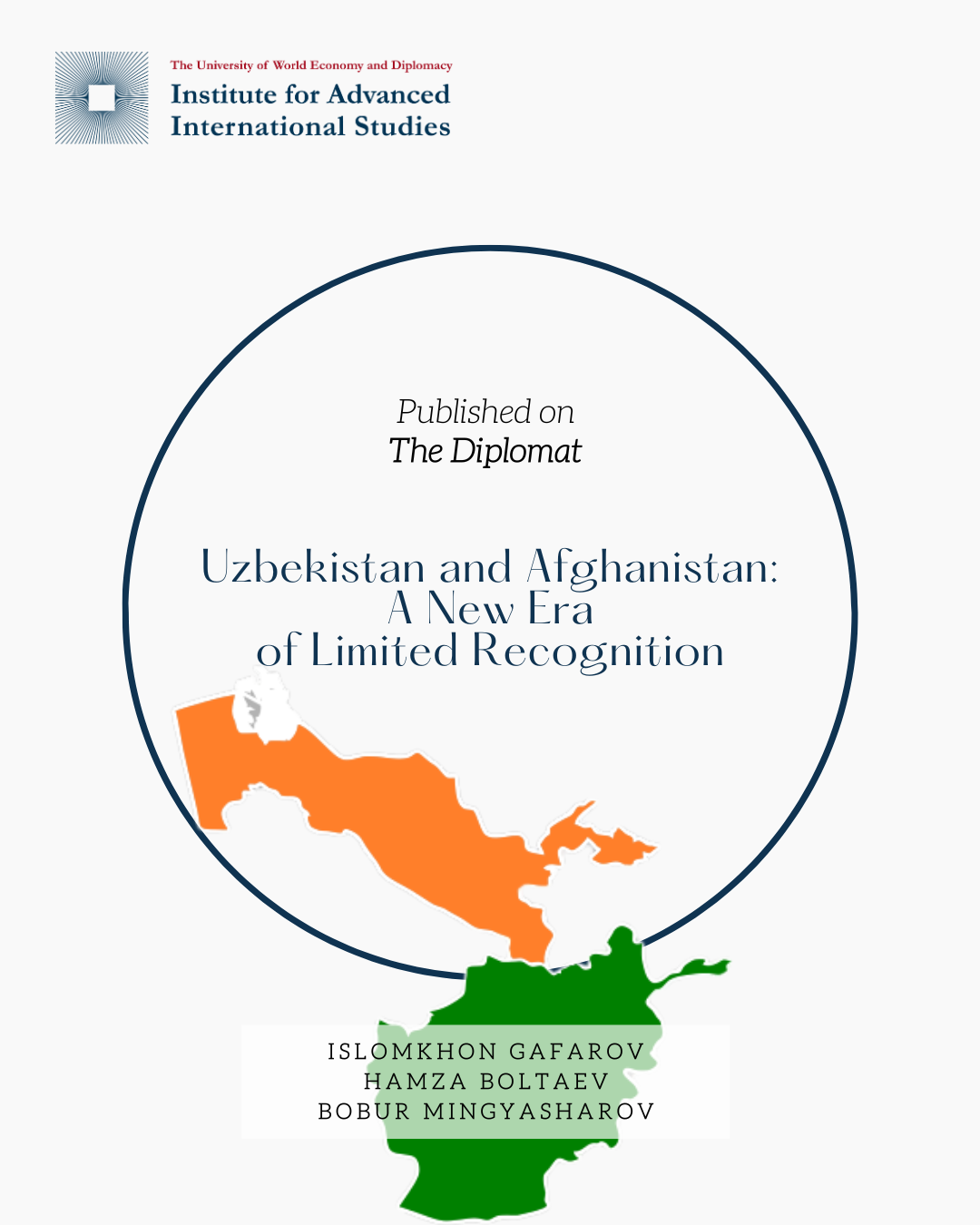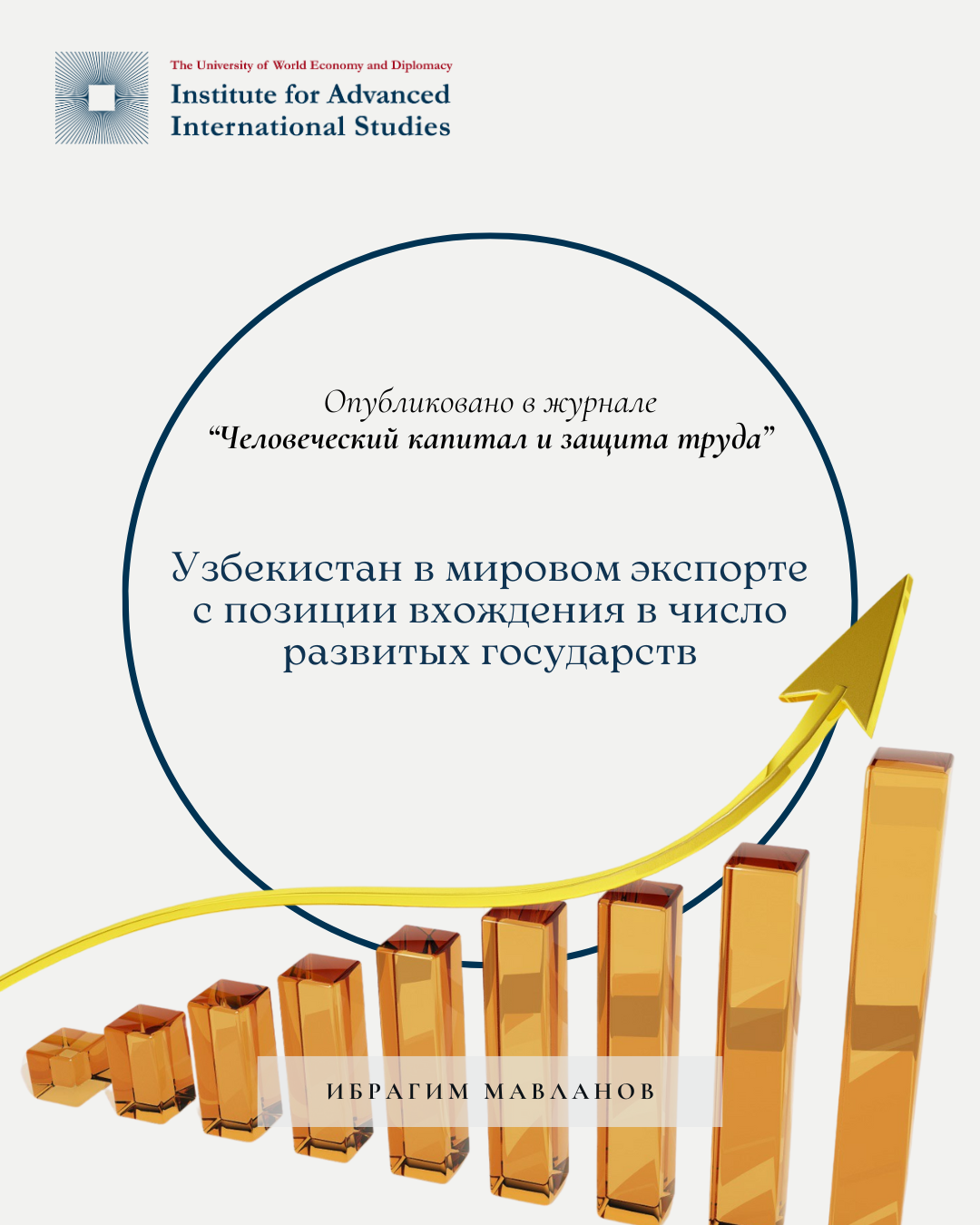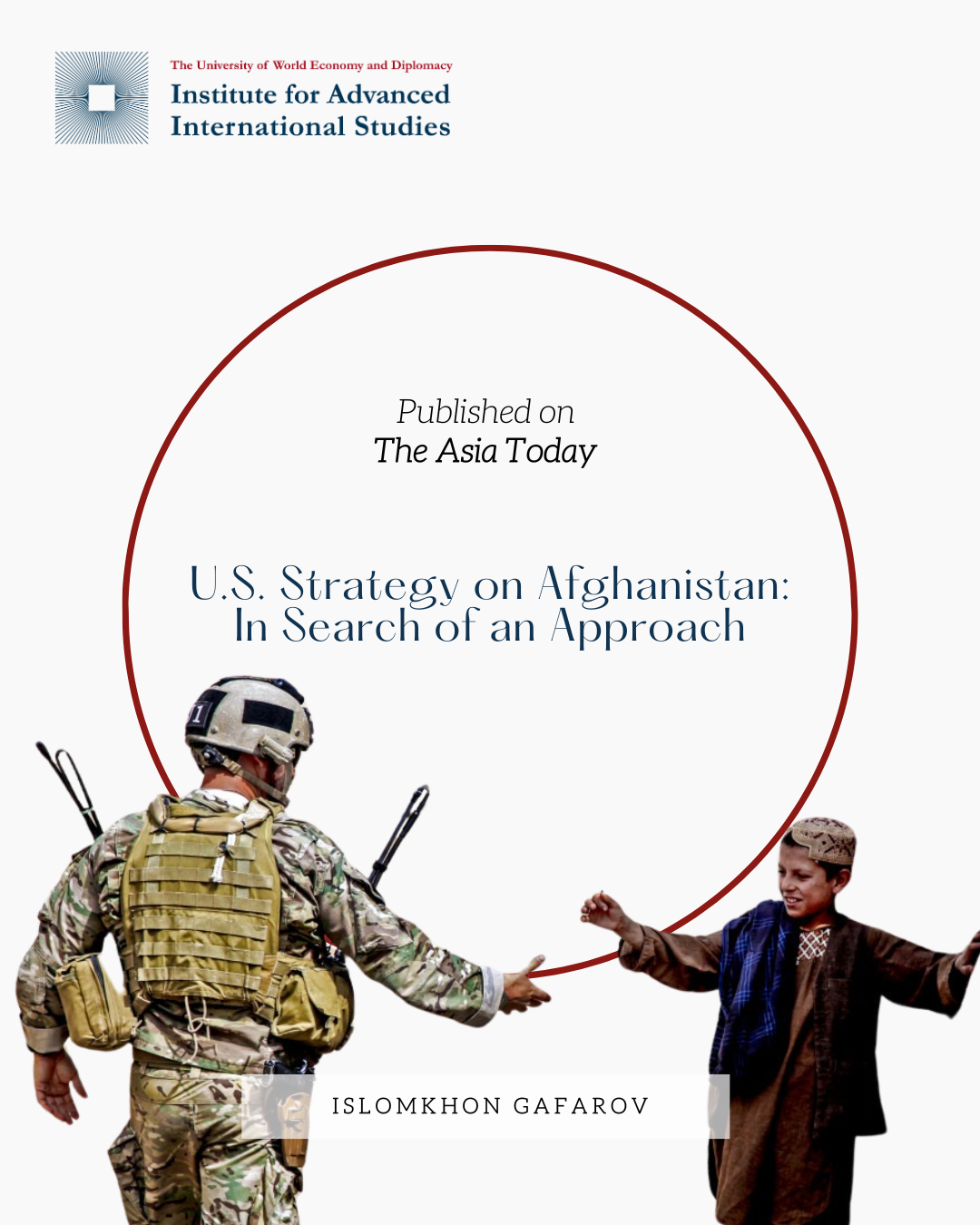Countries with a diversified energy mix – comprising oil, gas, renewable energy sources (RES) and nuclear power – face unique challenges in managing the transition to sustainable energy. Nations such as the US, China, France, UK, India and Spain are striving to balance energy security, decarbonization and economic efficiency.
The key challenges for countries with an integrated energy mix are as follows:
1. Balancing between stability and flexibility of the energy system
Nuclear and gas-fired generation provide a stable base load, while RES such as solar and wind power are subject to fluctuations. Integrating these sources requires significant investment in energy storage infrastructure and grid modernization. For example, in Spain, where 57 per cent of electricity comes from renewables and 20 per cent from nuclear plants, a recent large-scale blackout has sparked debate about the reliability of the grid and the role of nuclear power in ensuring stability.
2. Cost-efficiency and investment risks
Maintaining a diverse energy portfolio requires significant investment. In the UK, despite efforts to meet Net Zero targets, the North Sea oil and gas sector continues to play an important role in the economy, generating £20bn annually and supporting over 200,000 jobs. However, high taxes and policy uncertainty could discourage investors and slow the sector's development.
3. Geopolitical risks and energy security
Dependence on energy imports makes countries vulnerable to external shocks. China, to reduce its dependence on oil and coal imports, is investing in the development of renewable energy sources and electrification of its economy, which has already enabled it to meet 30 per cent of its energy consumption from electricity.
4. Technological challenges and infrastructure modernization
The integration of different energy sources requires grid modernization and the introduction of new technologies. The US and China are planning to add nearly 890 GW of gas capacity by 2040, which will require significant investment and infrastructure modernization.
Countries with a complex energy mix:
The US has extensive oil, gas, renewable energy resources and a developed nuclear power industry. However, policy changes could affect RES development. For example, reduced incentives for electric vehicles could slow the transition to clean energy.
China is actively investing in renewables and electrification to reduce its dependence on imported fossil resources. These efforts have already led to significant success in reducing its carbon footprint and improving energy security.
Spain plans to increase the share of renewables to 81 per cent by 2030 and decommission nuclear plants by 2035. However, recent power outages have raised questions about the reliability of the grid and the need to revise plans to move away from nuclear power.
Countries with a diverse energy mix face unique challenges in the transition to sustainable energy. The development of different energy sources needs to be carefully balanced, considering economic, technological and geopolitical aspects. Investments in infrastructure modernization, development of energy storage technologies and flexible energy policies are key to a successful transition to sustainable energy.
Several key lessons for Uzbekistan, which itself is endeavoring to balance the development of all these areas, can be identified from this analysis:
1. The energy balance requires strategic management
Lesson: There is a need to avoid bias towards a single energy source - even if it is renewable energy.
Context: As the example of Spain shows, a rapid increase in the share of RES without supporting baseload generation (gas, nuclear) can lead to instability of the energy system.
For Uzbekistan: Given the ambitious targets to increase the share of solar and wind power to 25% by 2030, it is critical not to weaken the development of gas and nuclear generation, and to modernize the electricity grid to cope with fluctuations in RES generation.
2. Nuclear power as a pillar in the energy transition
Lesson: Nuclear power plays an ‘anchor’ role for grid stability in countries with a high share of RES.
Context: France, the US and China are using nuclear as a stable low-carbon source against the backdrop of growing RES.
For Uzbekistan: The construction of a small nuclear power plant (SNPP) in Jizzakh region, and possibly a large plant in the future, can ensure energy security in the long term. But it is important to ensure: localization of components, training of personnel, transparency of financing, international safety standards.
3. Gas as a transition fuel, not a dead end
Lesson: Gas-fired generation is not an obstacle to decarbonization, but a support for it.
Context: In the US and China, gas is being used as a support to move away from coal dependence and to integrate renewables.
For Uzbekistan: Uzbekistan’s own gas resources allow the country to utilize the flexible generation mechanism, while increasing export opportunities and creating added value (CCGT, gas chemistry). But it is important to eliminate subsidies that inhibit efficiency and to develop Digital Load Management.
4. Transparent investment policies and integration into global chains
Lesson: In the context of energy transition, international investments go where: clear regulatory environment, long-term stability, ESG-oriented projects.
For Uzbekistan: The state should strengthen transparency of conditions for private and international investors, including auction models for RES, open access to grids, guarantees of return on investment.
Example: PPA model for ACWA Power or Masdar shows efficiency but needs to be scaled and institutionalized.
5: Energy diplomacy as a strategic asset
Lesson: Geopolitics directly affects the success of an energy transition: access to critical resources, technologies, and markets.
For Uzbekistan: It is important to develop energy diplomacy through participation in European initiatives (EU Global Gateway, Central Asia-EU Green Energy Dialogue), partnerships with China and South Korea on hydrogen and storage technologies, strengthening communication with the international community (particularly Russia) on nuclear and gas.
For Uzbekistan, energy transformation is not a choice between RES and FEC, but a search for a reasonable balance.
Key priorities:
Synchronization of all sources in a single energy system model.
Investments in infrastructure and grid flexibility.
Supporting domestic industry in the construction of new capacity.
Active participation in regional and international co-operation.
* The Institute for Advanced International Studies (IAIS) does not take institutional positions on any issues; the views represented herein are those of the author(s) and do not necessarily reflect the views of the IAIS.


